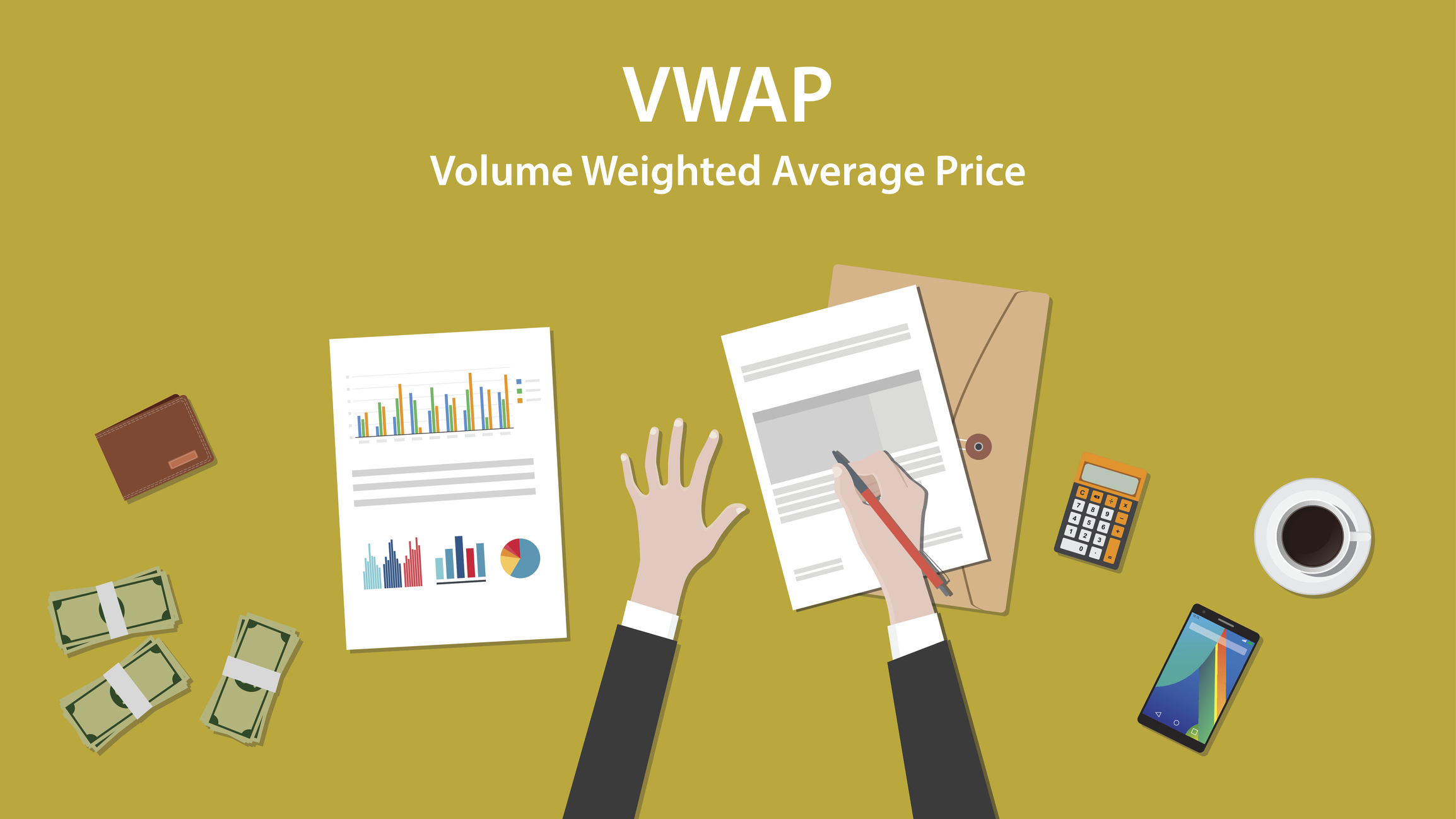What Is VWAP?
A stock's volume-weighted average price, or VWAP, is a popular technical indicator used to identify trends and reversal points on a price chart.


Investors have plenty of tools in their toolkit to help analyze price charts, including the volume-weighted average price (VWAP). But what is VWAP and how is it used?
VWAP is a technical analysis indicator that combines volume and price to calculate an average value. It provides valuable insights into the average price at which traders buy or sell an asset during a specified time frame.
As such, investors use VWAP to help identify trends and potential price reversal points.
From just $107.88 $24.99 for Kiplinger Personal Finance
Become a smarter, better informed investor. Subscribe from just $107.88 $24.99, plus get up to 4 Special Issues

Sign up for Kiplinger’s Free Newsletters
Profit and prosper with the best of expert advice on investing, taxes, retirement, personal finance and more - straight to your e-mail.
Profit and prosper with the best of expert advice - straight to your e-mail.
How is VWAP calculated?
VWAP's calculation follows a straightforward equation: VWAP = ∑(Price × Volume) / ∑Volume (sum of price x volume, which is the total dollar value of all trades over a specific time frame divided by the total volume, or number of shares traded over the same period).
Don't worry! Most trading platforms handle the computation for you, offering real-time VWAP data that can be added as an indicator on your price chart.
What does VWAP tell you?
VWAP is more than just numbers; it's a valuable investment tool guiding your decision-making process.
For instance, the volume-weighted average price serves as a trend indicator. If an asset's current price is above VWAP, it indicates a bullish trend. Conversely, a price below VWAP may suggest a bearish market sentiment.
VWAP can also be used to identify areas of support or resistance for a stock, which can help investors and day traders decide when to buy or sell a security. A level of support is typically that price where buying demand is strong enough to stop any additional selling, while a level of resistance is that price where selling demand is strong enough to halt any additional buying.
Market participants can use the levels VWAP identifies as attractive opportunities to buy or sell shares.
How do you use a VWAP indicator?
Although VWAP may sound complex, its underlying principle is simple: It considers the total volume traded and the corresponding price for each trade within a specific time frame.
The result is a weighted average price that offers investors valuable information about market sentiment and price trends.
Picture VWAP as a guiding star when looking for the best entry and exit prices on a trade. Many investors will use the benchmark to determine whether an asset's current price is favorable for their investment decisions.
Investors can select various time frames for VWAP calculations, but because the indicator just averages prices on an intraday basis, it is most popular among day traders. For those interested in longer-term time frames which can provide a broader market outlook, there's the moving volume-weighted average price.
FAQs About VWAP
Is VWAP suitable for all investment styles? VWAP does cater to all investment styles, from conservative to aggressive. Whether you're a value investor or tend to lean more toward growth stocks, VWAP provides valuable insights for your strategy – just make sure you're choosing the correct time frame that aligns with your goals.
Can VWAP be used in conjunction with other investment tools? Absolutely! Many investors combine VWAP with other technical indicators, such as moving averages or the Relative Strength Index (RSI), to confirm investment signals. Experiment with indicator combinations to refine your investment strategy.
Does VWAP apply to various asset classes? Certainly! VWAP is a versatile investment tool, applicable across various asset classes, including stocks, forex, commodities and more. Its adaptability empowers investors across diverse markets.
The bottom line
VWAP can be used as a guiding star among investors, illuminating market trends and potential price reversal points. Integrate it wisely into your investment strategy to enhance your investment prowess.
Related content
Profit and prosper with the best of Kiplinger's advice on investing, taxes, retirement, personal finance and much more. Delivered daily. Enter your email in the box and click Sign Me Up.

Jared Hoffmann is a highly respected financial content creator and options expert, holding a journalism degree from San Francisco State University. Formerly a Senior Options and Day Trading Editor and on-air personality at Money Morning, he excels in delivering comprehensive options education, technical analysis, and risk management education to traders.
-
 Holiday Tax Scams: 'Tis the Season to be Wary
Holiday Tax Scams: 'Tis the Season to be WaryTax Scams Navigating tax tricks of the holiday season may be daunting, but don't let that destroy your festive spirit
-
 Metro by T-Mobile Is Giving Away This Samsung Galaxy A16: Which Plans Are Eligible?
Metro by T-Mobile Is Giving Away This Samsung Galaxy A16: Which Plans Are Eligible?Metro by T-Mobile is offering free Samsung Galaxy A16 phones on eligible plans right now. Here’s how the deal works.
-
 I Drive and Collect Classic Cars: Here’s How I Got Started
I Drive and Collect Classic Cars: Here’s How I Got StartedAre classic cars a hobby or an investment strategy — or both? Either way, the vintage car scene is much cooler and more affordable than you think.